We often hold on to what was meant to pass, carrying the weight of old memories far too long.
Even when the danger is over, the nervous system keeps replaying the moments and holding the emotions tight.
Sleep cycles keep falling out of sync, and calm still feels like a story you can’t quite get back to.
Neuroscience shows that safety is not just a mere thought that hits the mind at mid of the day; it is something the body remembers and relearns with periodic assurance.
Our bodies are shaped by past experiences that stay stuck in old alarms long after the threat fades. Such things can make familiar peace suddenly feel foreign, because true healing doesn't mean forgetting and erasing what happened; rather, it teaches the body to accept and finally be the same again. This entire process mixes high emotional construct and integration of several tools, like the neuroVIZR, for overall brain regulation.
From Threat to Trust
Trauma changes how the brain functions. When a person faces intense stress or fear, certain areas of the brain become overactive while others slow down.
Here’s what usually happens:
-
The amygdala acts as the alarm system and stays on high alert, constantly sending signals of danger.
-
The prefrontal cortex, which handles logic, reasoning, and calm decision-making, loses some control.
-
The hippocampus, responsible for memory and context, struggles to separate the past from the present.
This combination keeps the body in survival mode even when there is no threat. Over time, this becomes a pattern, and the body forgets how to rest.
To shift from threat to trust, the brain needs gentle and repeated signals of safety. Rhythmic sensory input, like steady light and sound, helps create those signals, reminding the brain what calm feels like again.
How Light and Sound Speak to the Brain
The brain operates through rhythmic electrical activity called brainwaves. These patterns change with different mental and emotional states:
-
High-beta waves dominate during stress, anxiety, or overthinking.
-
Alpha waves appear during calm focus or light relaxation.
-
Theta waves are seen in deep relaxation, creativity, and early sleep stages.
neuroVIZR uses controlled light flickers and synchronized sound frequencies to gently guide the brain toward alpha and theta states. This process is known as neural entrainment. It encourages the brain to match these calmer rhythms naturally.
The equation here is not about forcing relaxation but about reminding the brain what balance feels like. Over time, the nervous system begins to respond more easily to calm stimuli, and the body follows.
Why This Matters for PTSD and Emotional Regulation
People living with post-traumatic stress often experience:
-
Constant alertness or tension
-
Difficulty sleeping or relaxing
-
Racing thoughts and emotional overwhelm
Research using EEG (a test that measures brainwaves) shows that individuals with PTSD tend to have excessively high-beta activity, the same pattern linked to anxiety and hypervigilance.
By encouraging alpha and theta wave activity, neuroVIZR sessions may help reduce this overactive state and create a sense of calm alertness.
Many users say their sessions feel calm and safe. Breathing slows, the body relaxes, and for a few minutes, the mind feels light; all this collectively gives a feeling of safety returning.
The Brain’s Language of Safety
You don’t need to think your way into calm. The senses play a powerful role in sending safety signals to the brain.
When the brain receives steady, predictable sensory input such as rhythmic light or sound, it interprets this as a sign that the environment is stable and safe.
This creates a cascade of effects:
-
The heart rate begins to slow.
-
Breathing becomes deeper and more even.
-
Muscles release stored tension.
-
The body exits its state of constant alertness.
This is what emotional regulation truly means, not suppressing feelings, but helping the brain and body communicate in a healthier rhythm again.
Also read - Neuroscience of Sensory Stimulation
A New Way to Support Your Nervous System
Over time, consistent practice helps the nervous system rebuild this balance.
Using neuroVIZR regularly can act as a form of gentle sensory training, reminding your brain what peace feels like, even after years of stress.
To support this process:
-
Use neuroVIZR during quiet moments, ideally in the evening.
-
Pair your session with slow breathing or mindful awareness.
-
Stay consistent rather than intense; a few calm minutes daily create stronger results than long, irregular sessions.
-
Complement the experience with grounding habits like walks, journaling, or soft music.
This combination helps strengthen the connection between the brain and body, turning calm into a familiar state rather than a rare one.
Healing doesn’t always begin with words. Sometimes, it begins with rhythm with light, sound, and a few minutes of quiet that remind your mind it’s safe again.



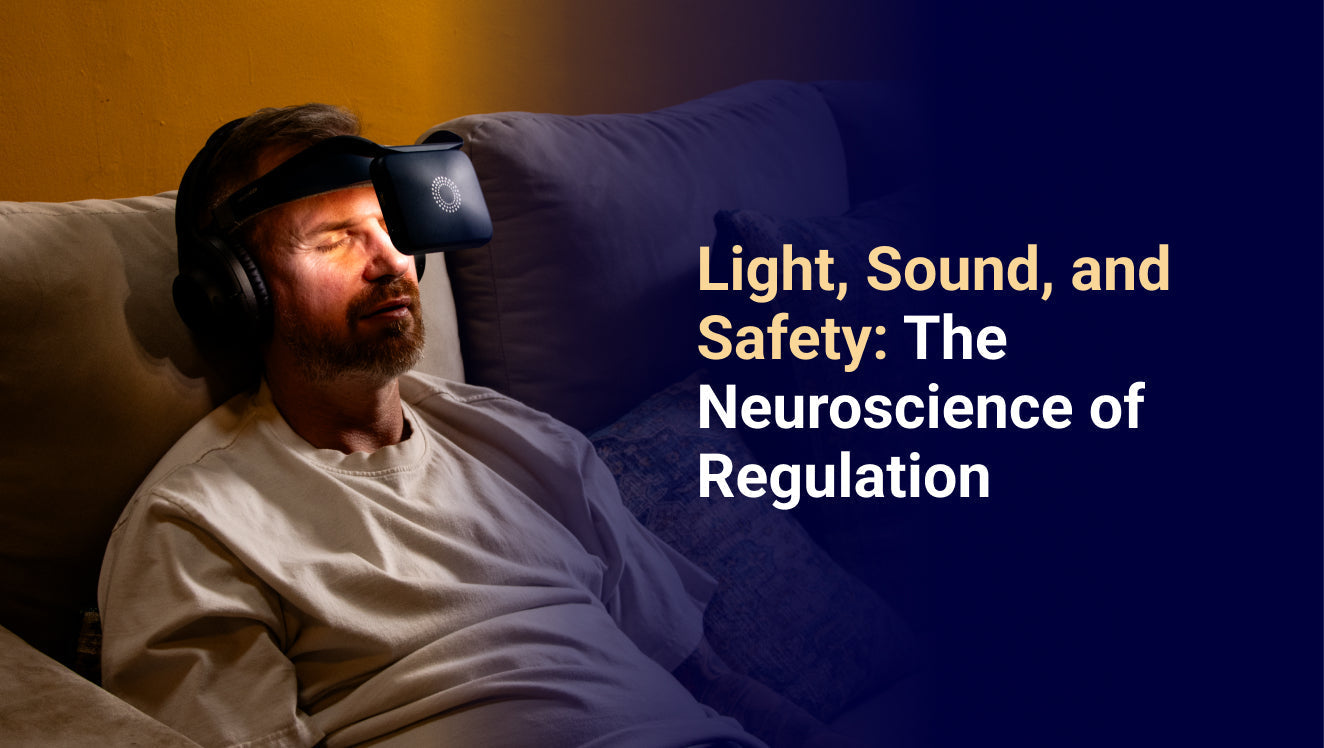

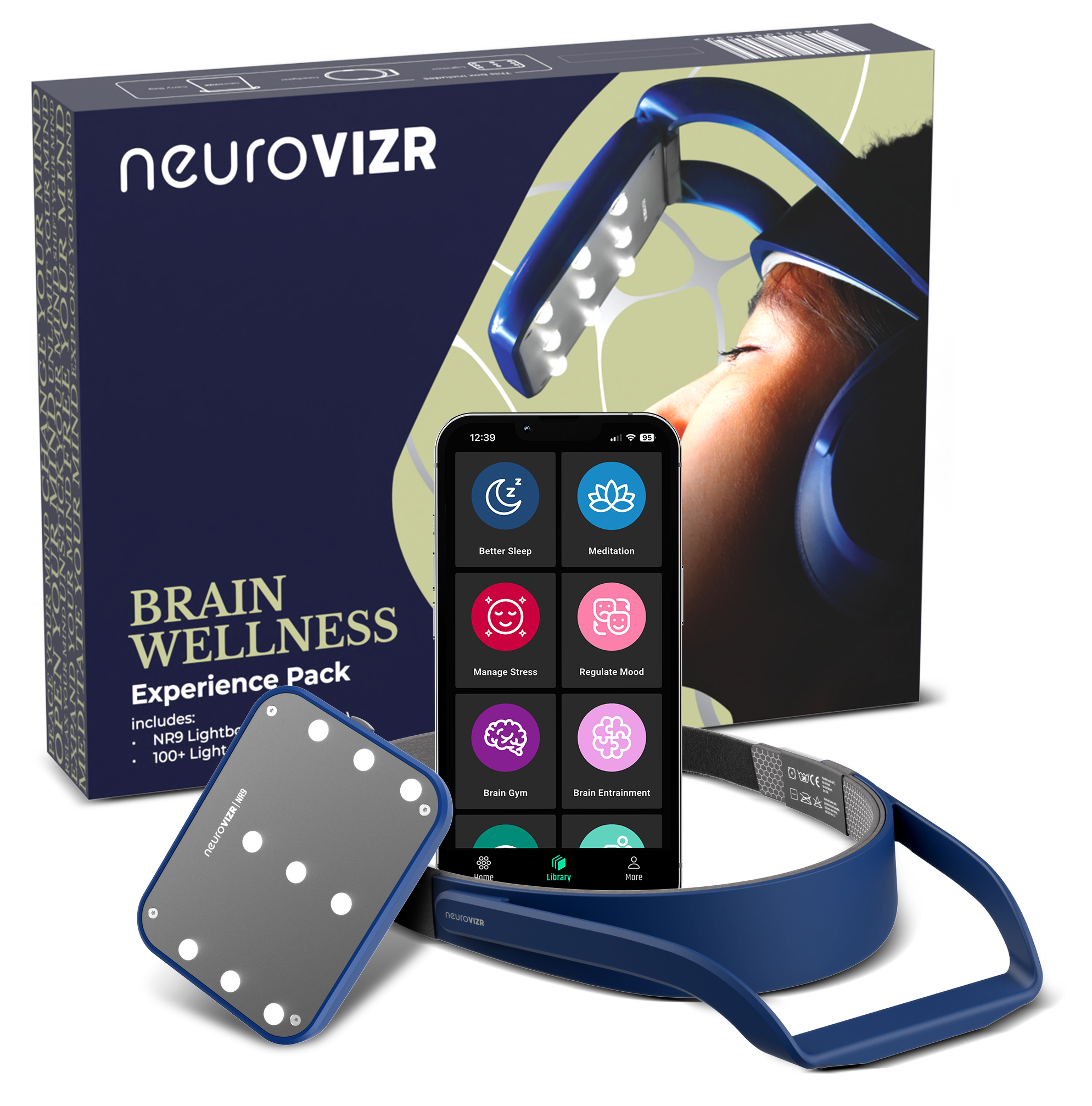


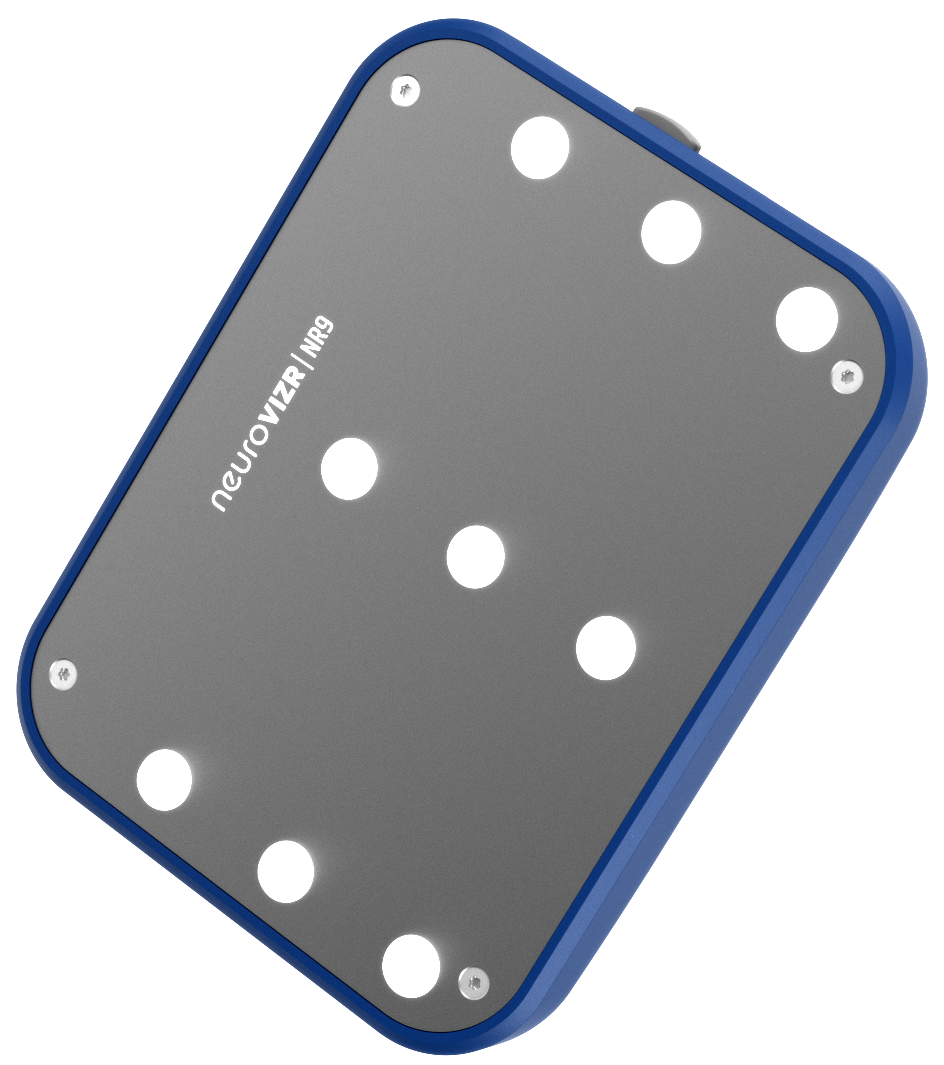
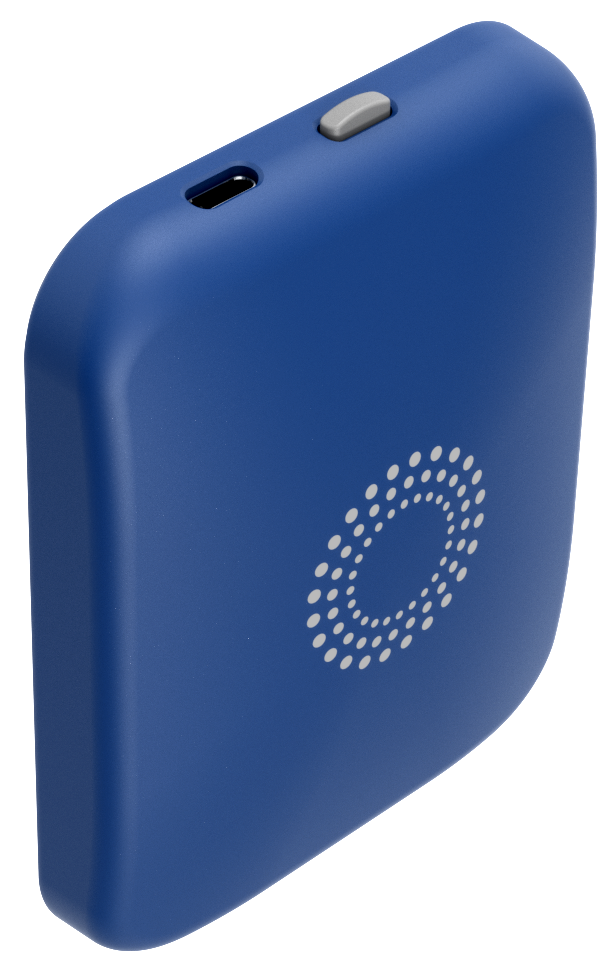
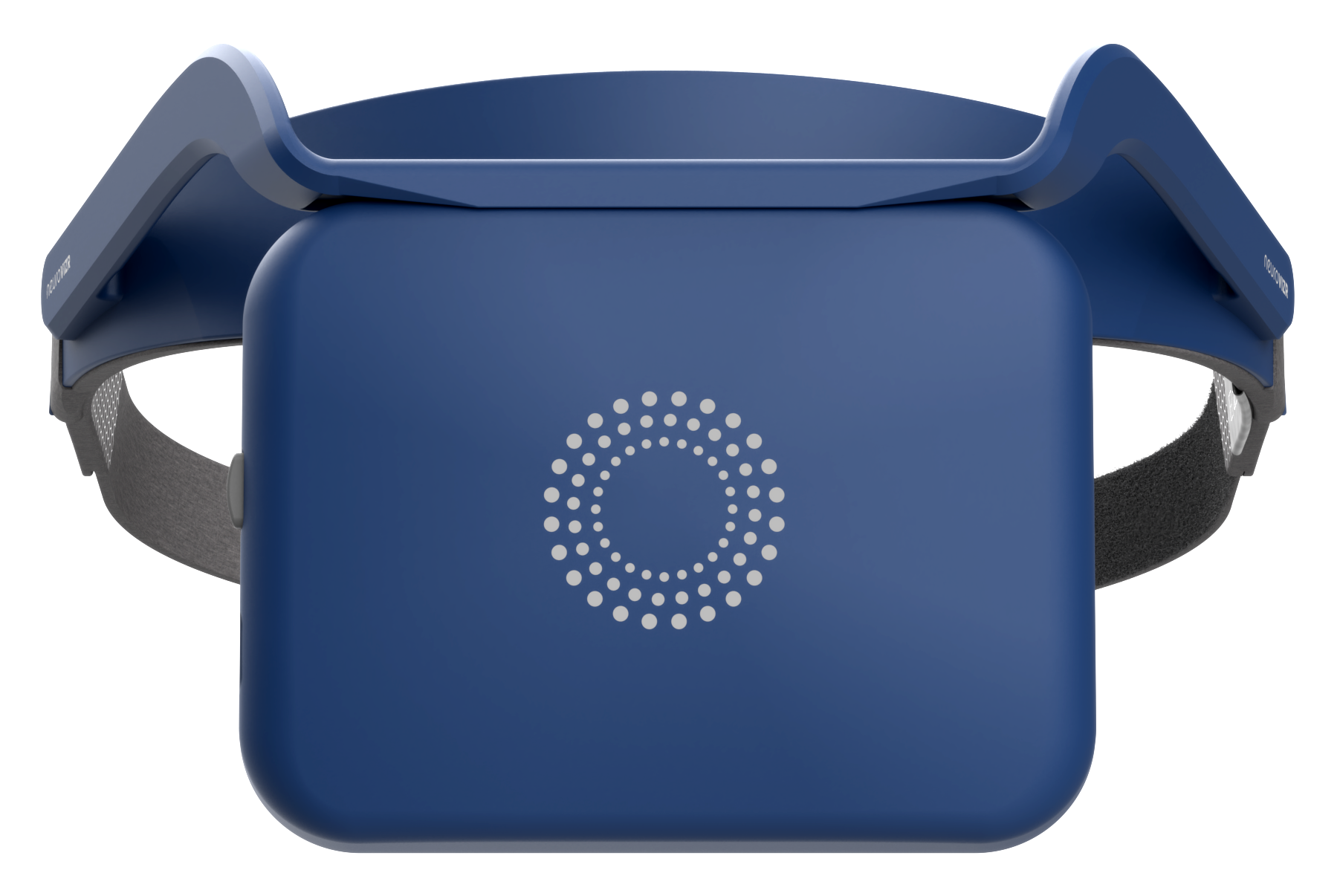


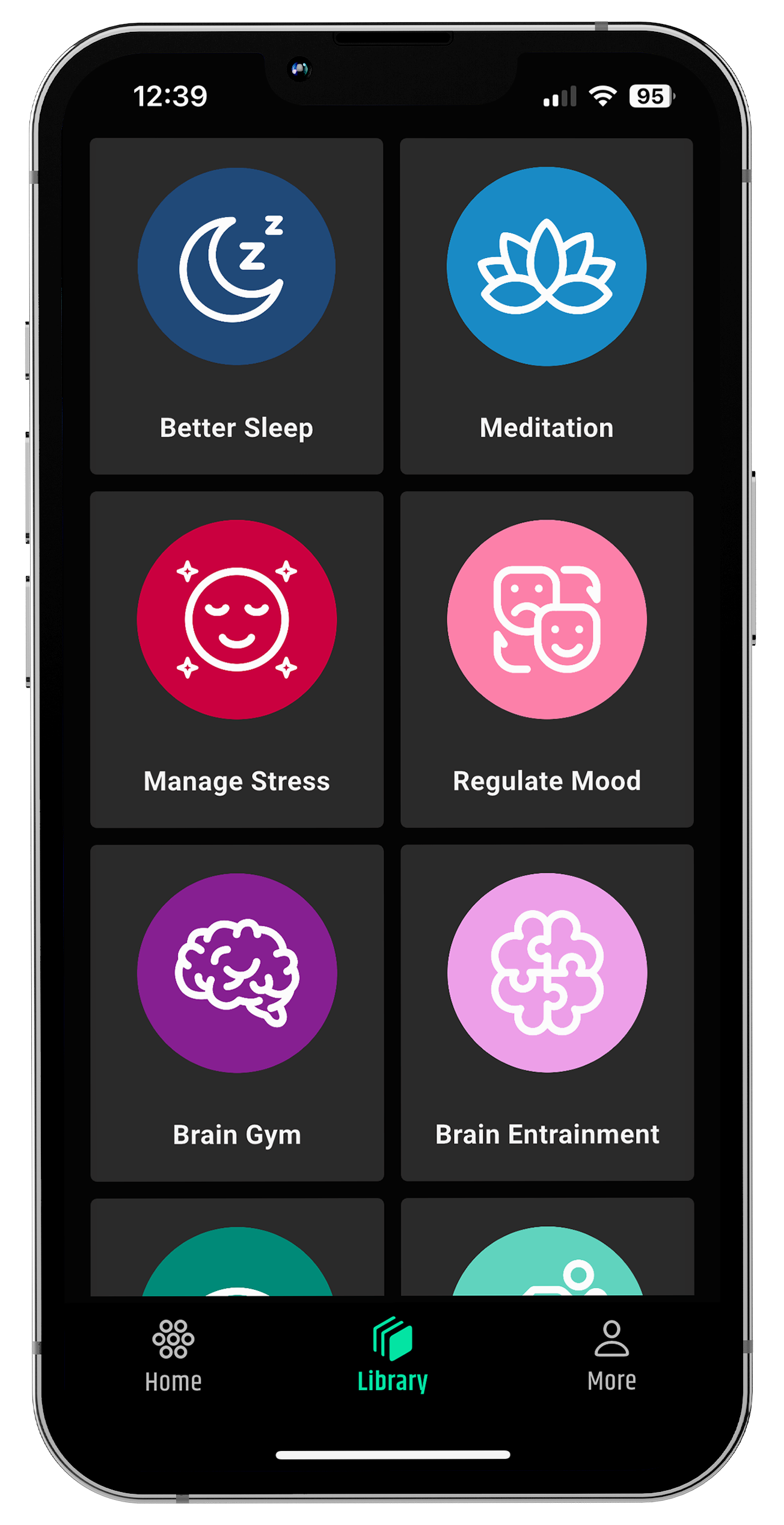
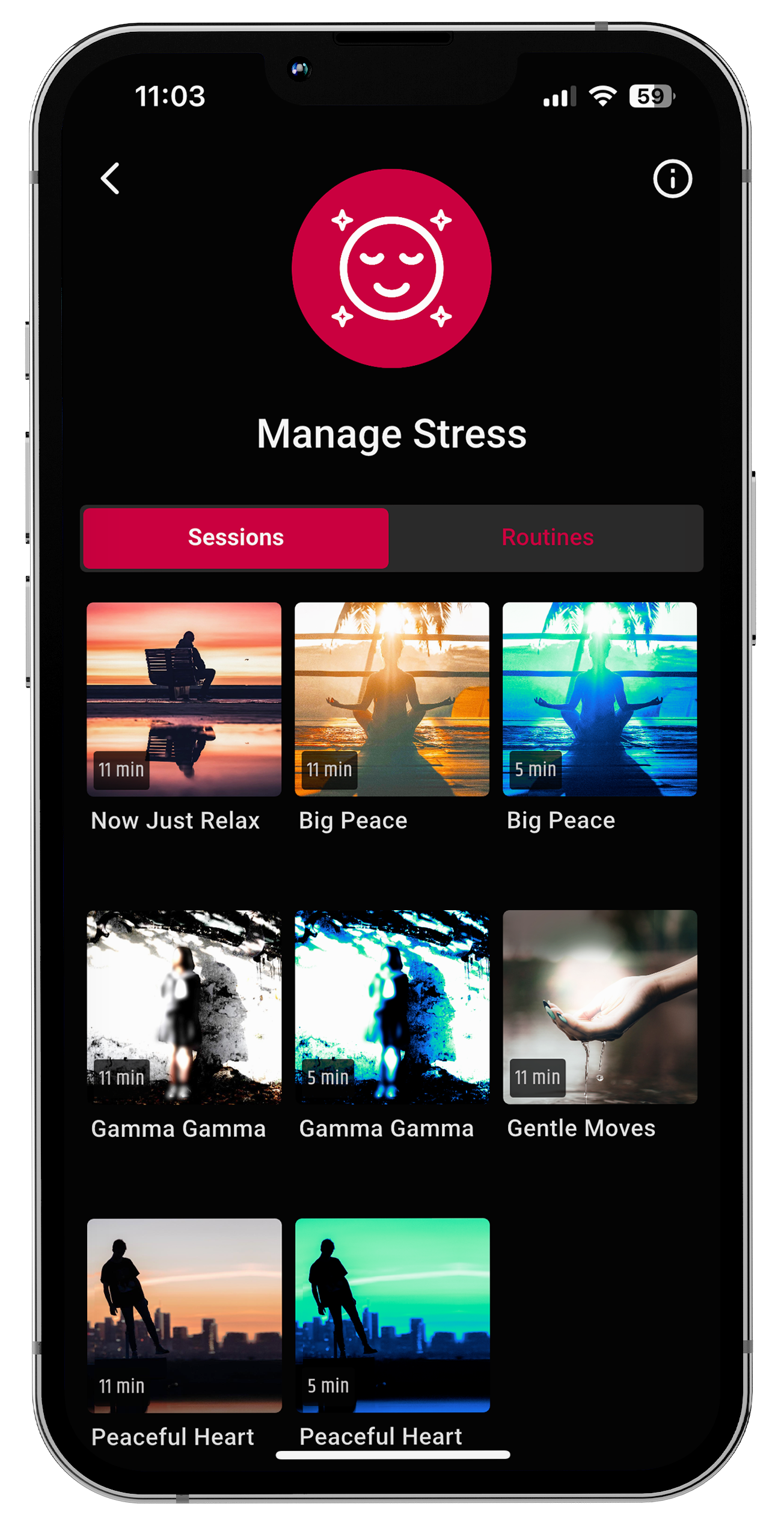
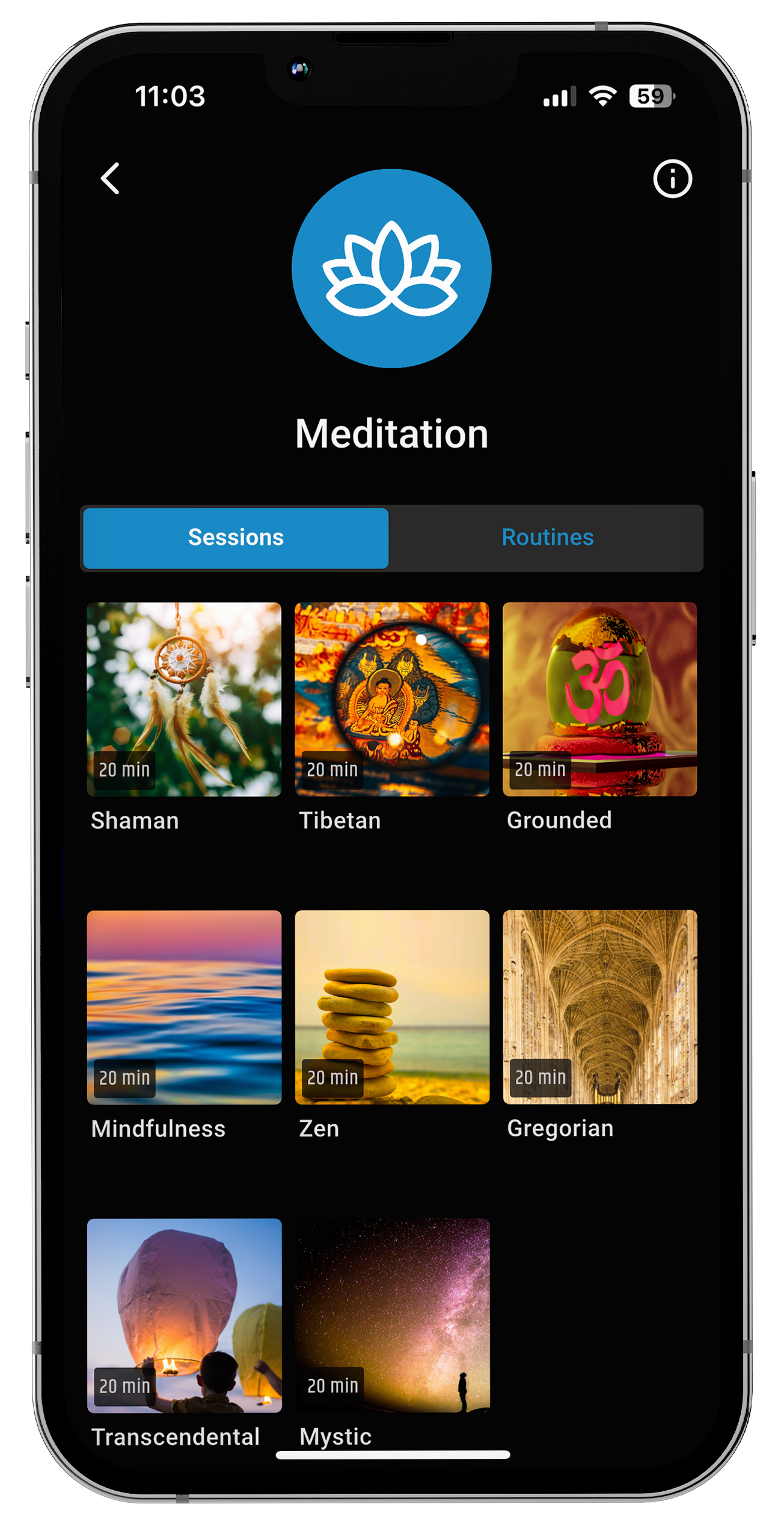
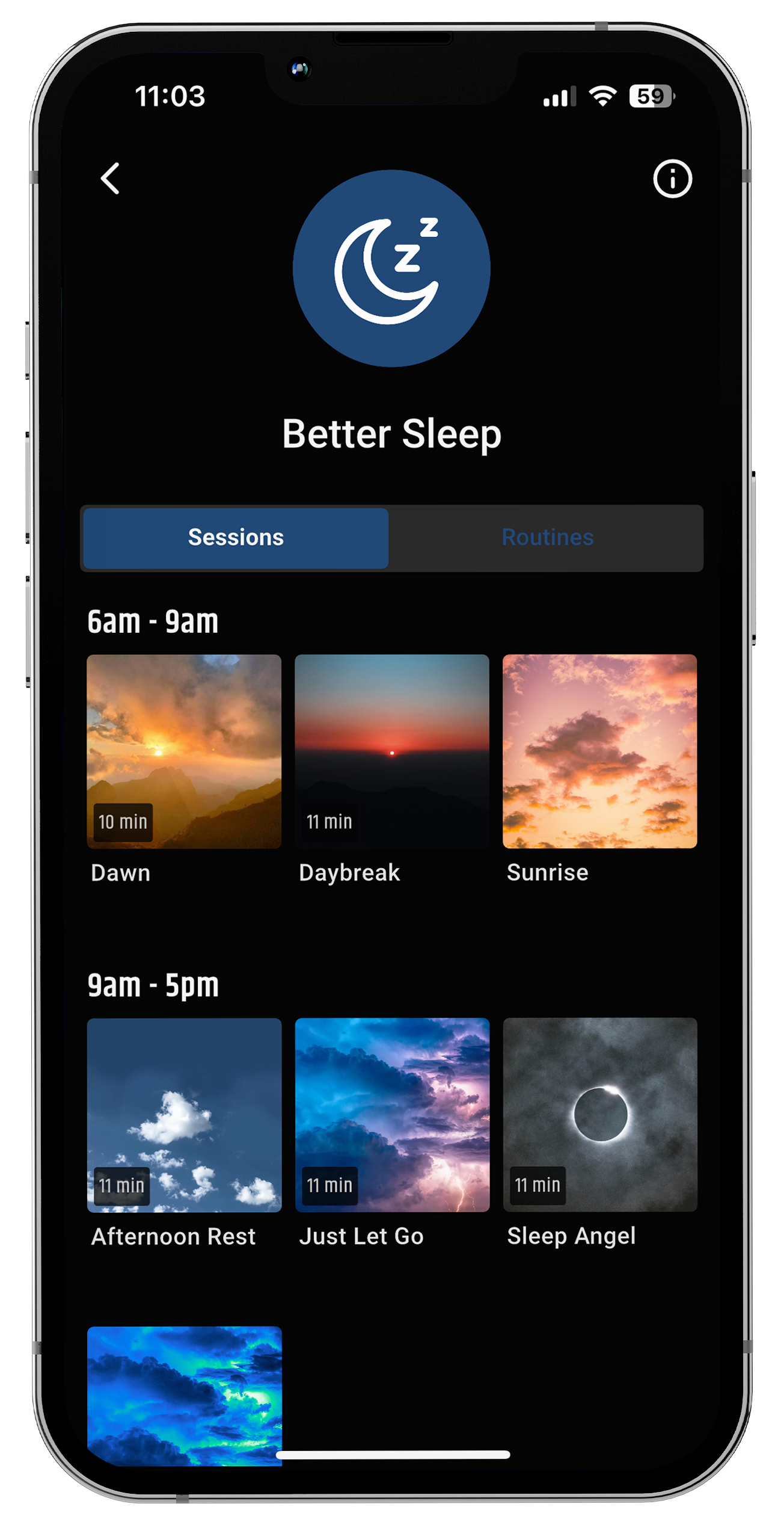
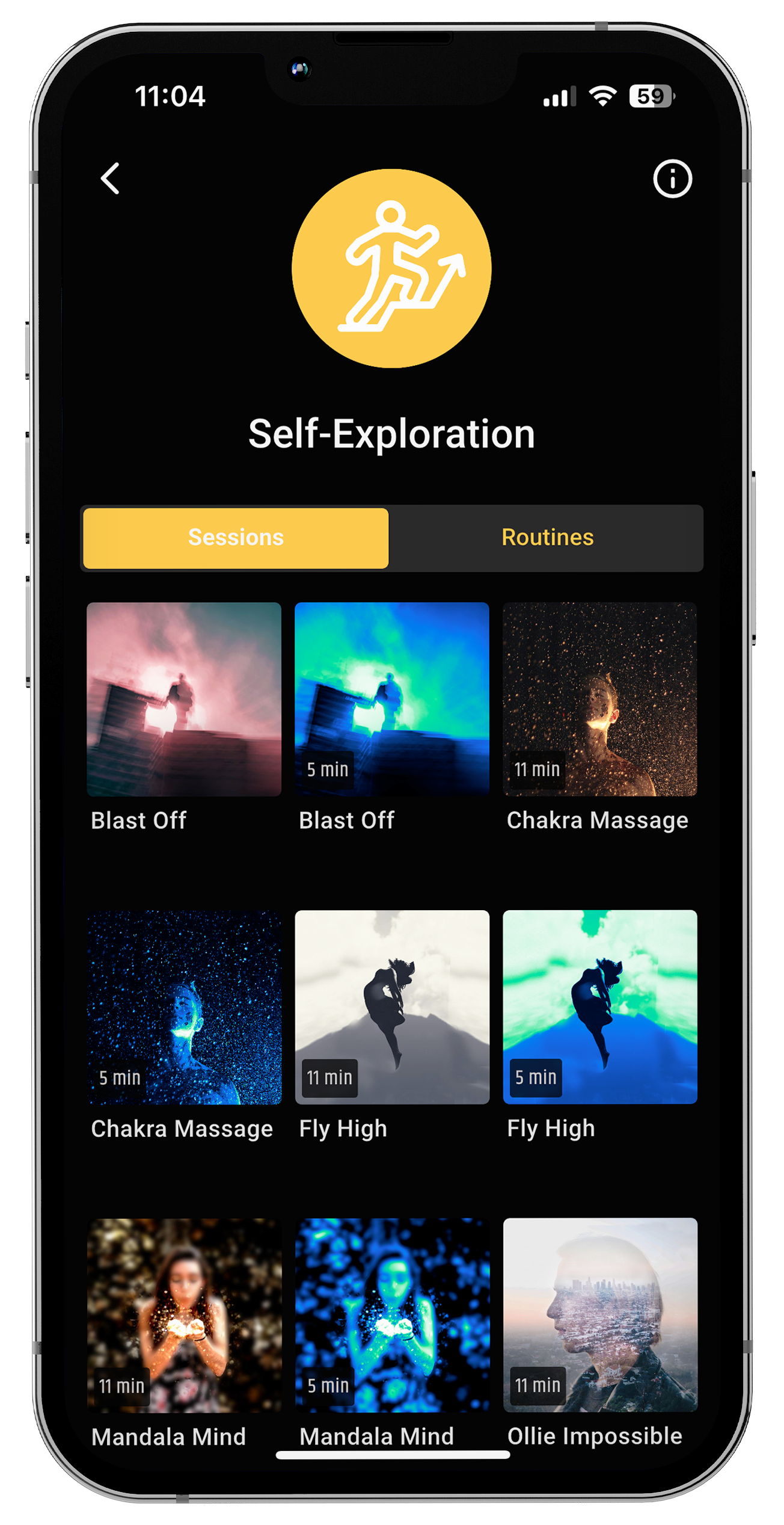



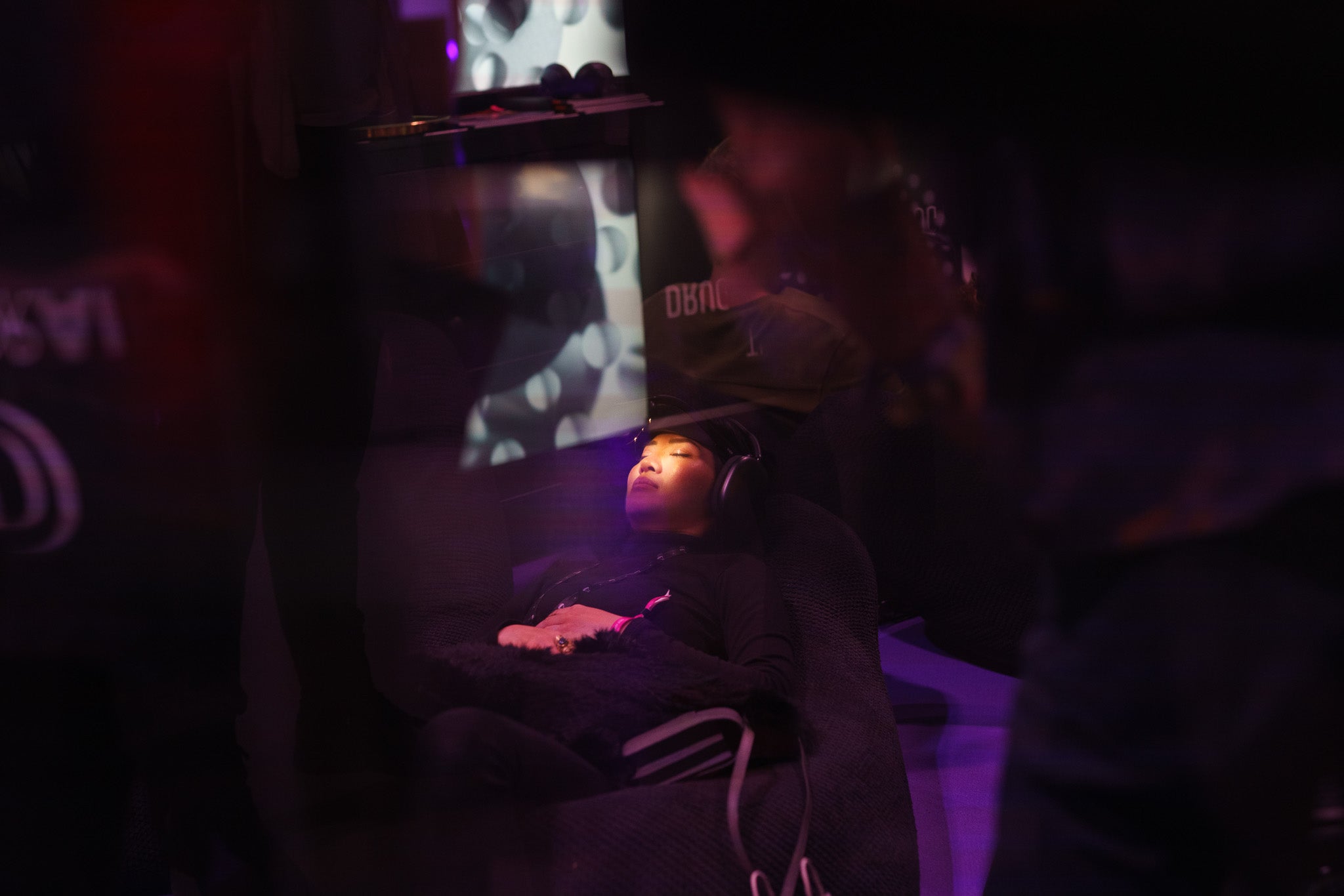




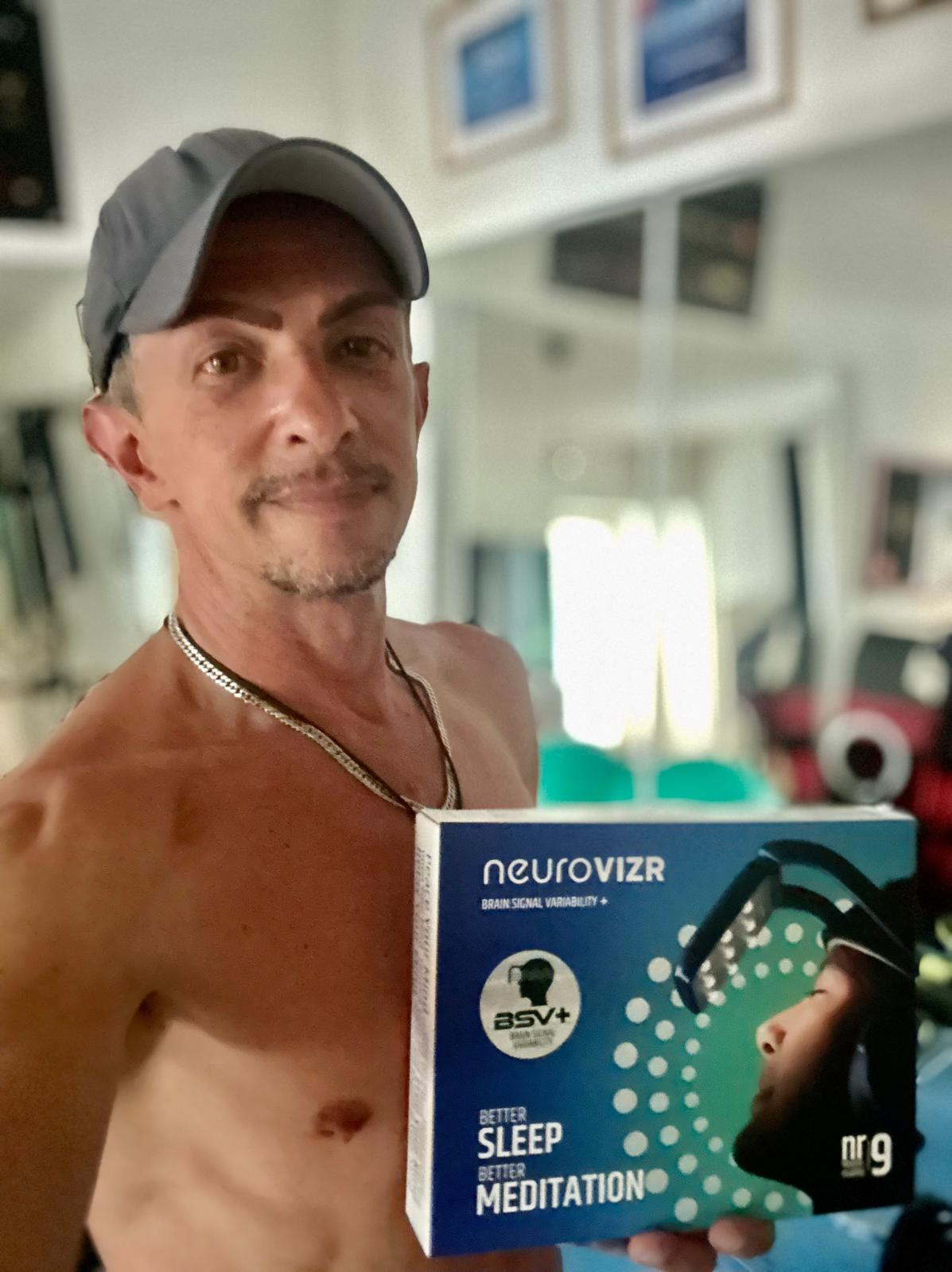
Teilen:
Schlafen und Ausruhen mit einem geschäftigen Gehirn auf einem sich drehenden Planeten: Gleichgewicht in Bewegung finden
Leitfaden zur sensorischen Neurostimulation